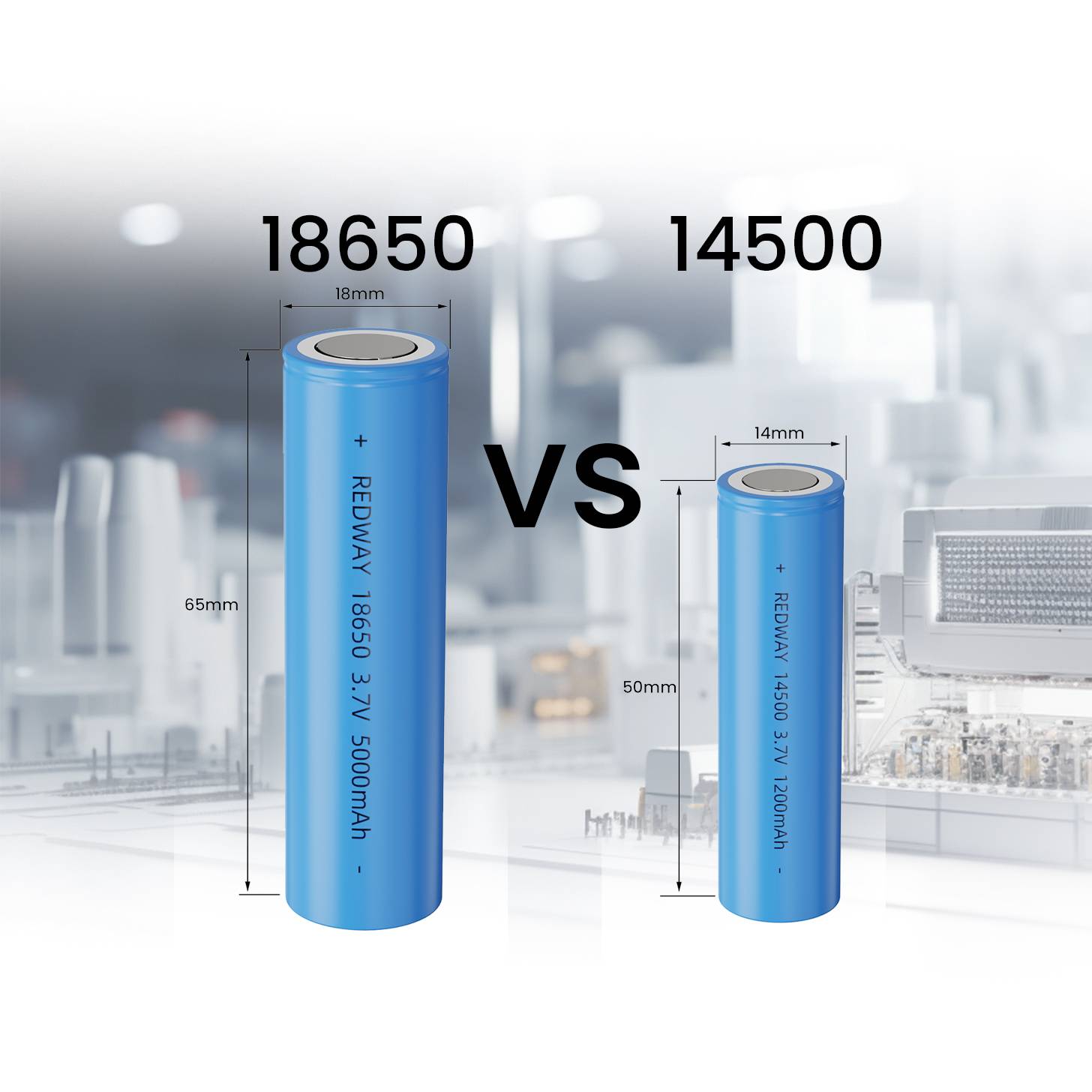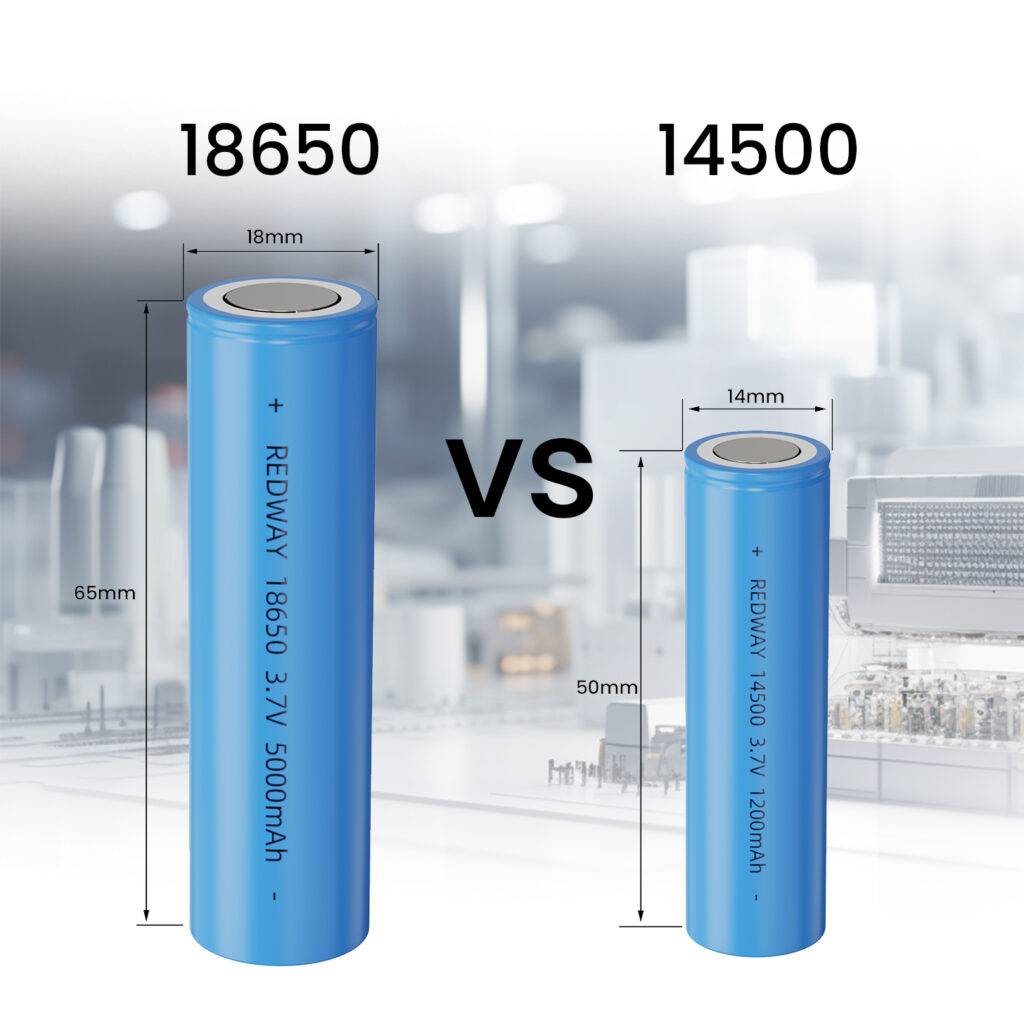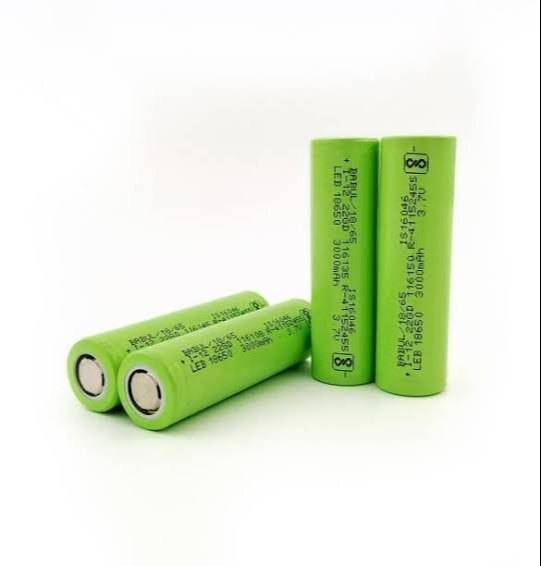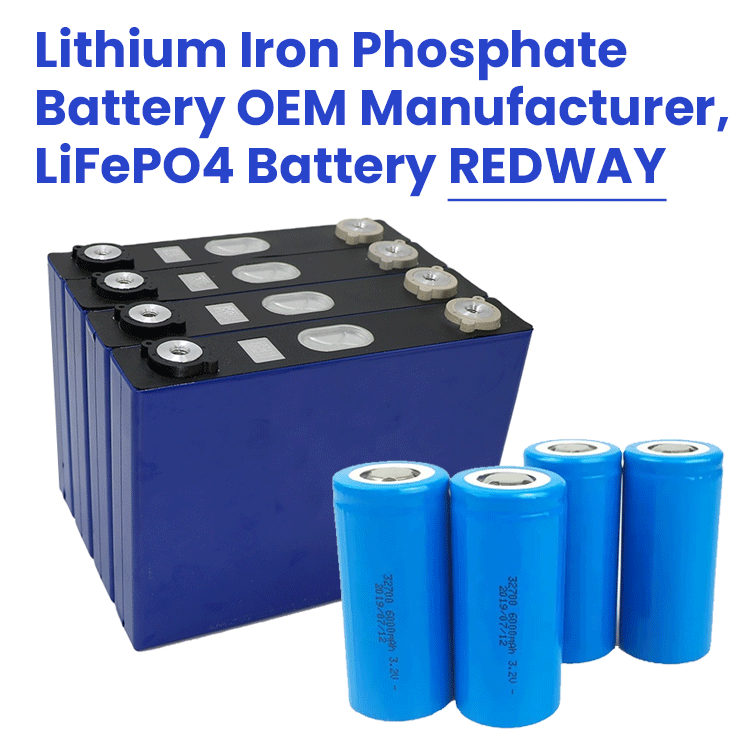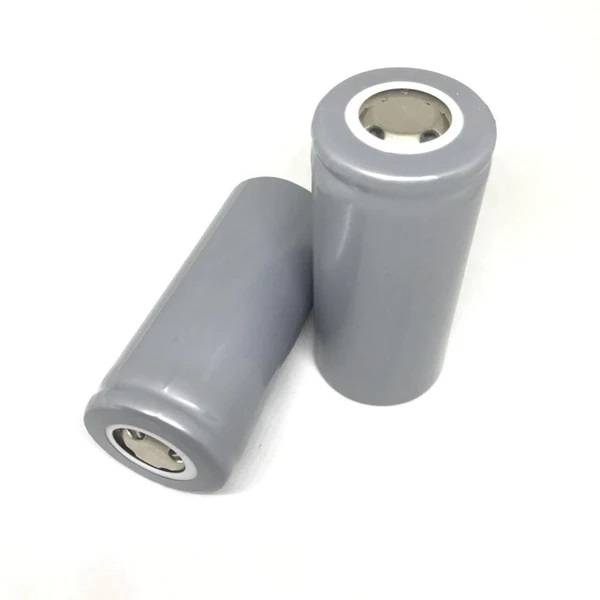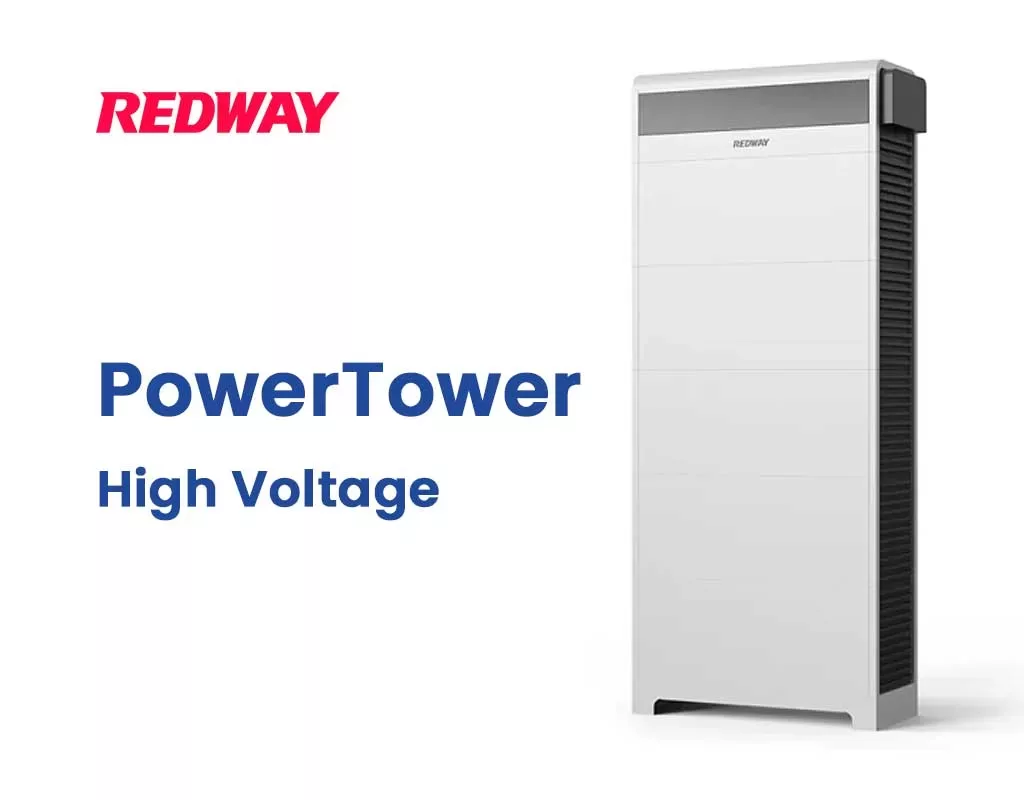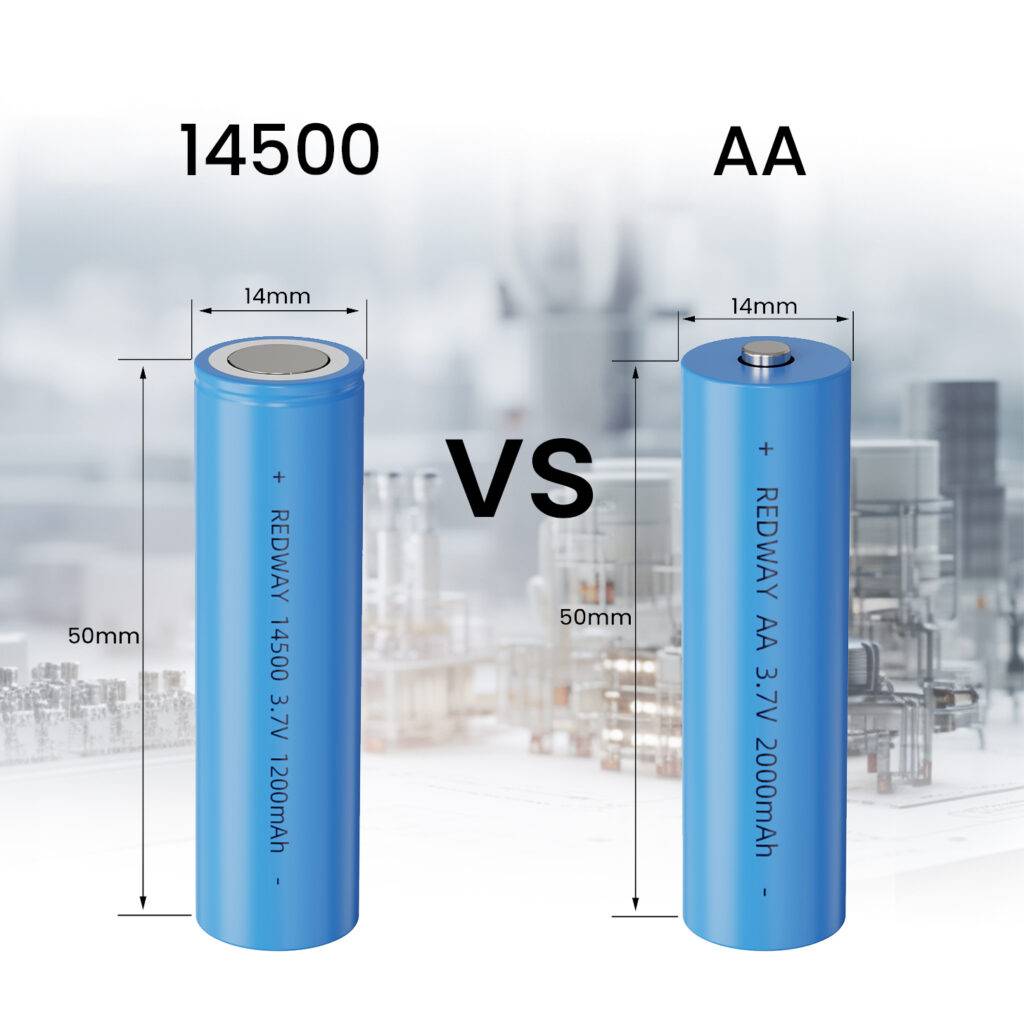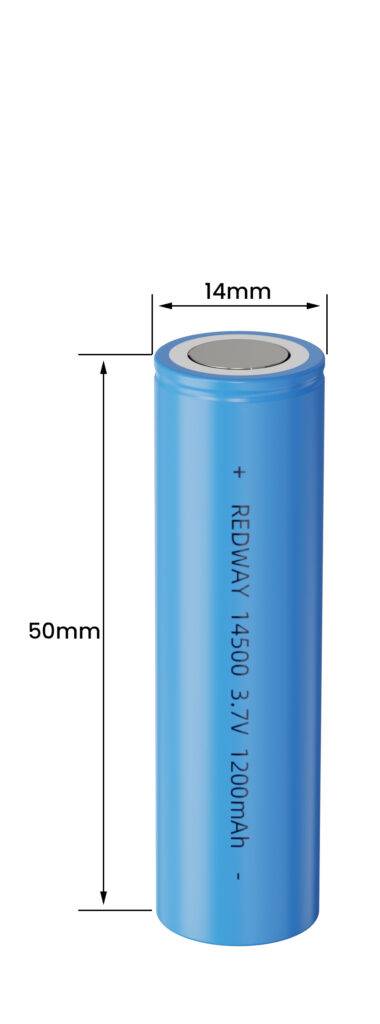Are you in search of a high-performance battery for your device? Two common options that might come up are the 18650 and 14500 batteries. Both are rechargeable, widely used, and efficient. However, choosing between them can be overwhelming if you don’t know the differences between them. That’s where we come in! In this complete comparison guide, we’ll dive into what sets these two batteries apart from each other to help you make an informed decision on which one is best suited for your needs. So buckle up and let’s get started!
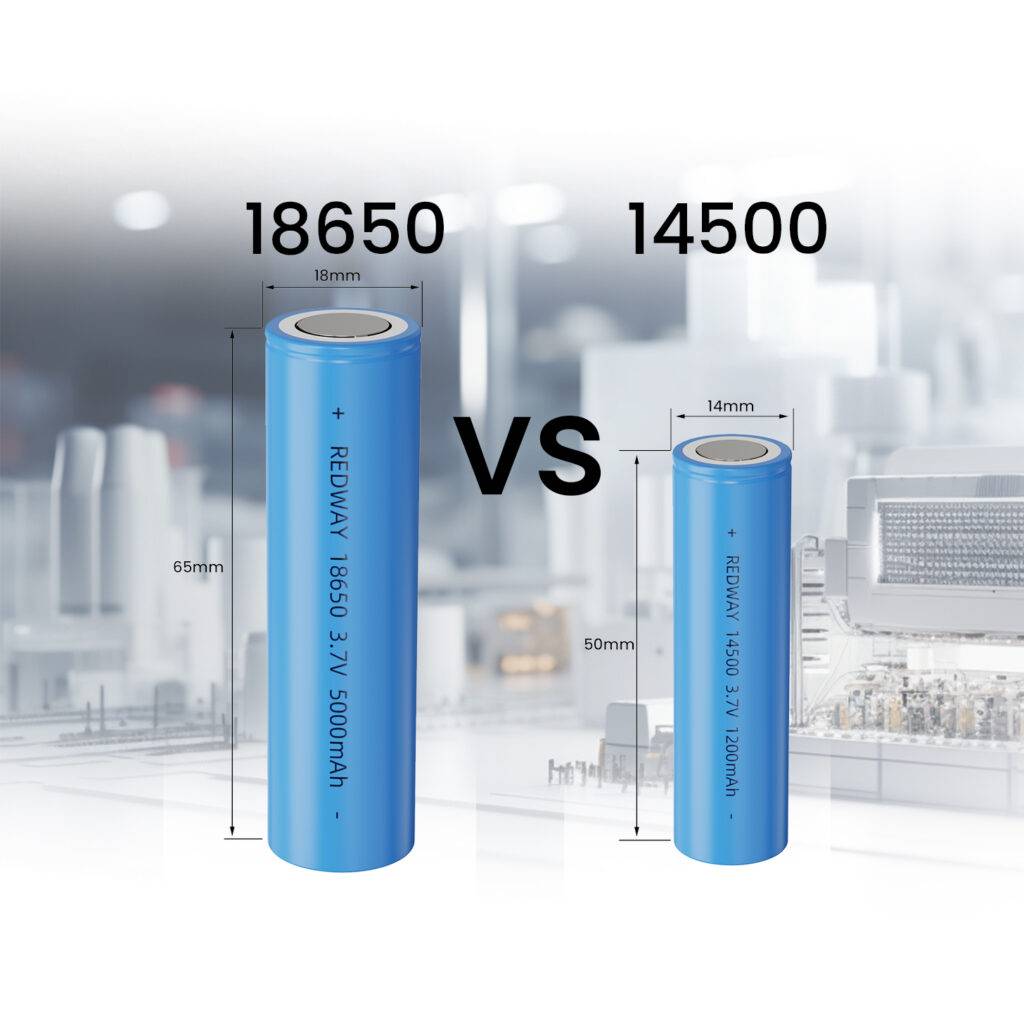
#post_seo_title
What is 18650 battery?
The 18650 battery is a rechargeable lithium-ion battery that gets its name from its dimensions of 18mm by 65mm. It’s commonly used in electronic devices such as laptops, flashlights, and power tools because of its higher voltage and capacity compared to other batteries.
One of the defining features of the 18650 battery is its cylindrical shape, which allows it to fit easily into many different devices. They also have a long lifespan and can be recharged hundreds of times before needing replacement.
The chemistry inside an 18650 battery allows for high energy density, meaning it can store more energy in smaller spaces. This makes it ideal for use in high-drain devices like electric vehicles or drones.
It’s important to note that not all 18650 batteries are created equal; there are variations in quality depending on the brand and manufacturing process used. Always do your research before purchasing one to ensure you’re getting a reliable product that meets your device’s requirements.
The 18650 battery is a powerful option with versatility across multiple industries due to its compact size, extended life cycle and high energy capacity.
What is 14500 battery?
The 14500 battery is a cylindrical, rechargeable lithium-ion battery that measures 14mm in diameter and 50mm in length. It is also known as AA Li-Ion or KAA batteries. The voltage of this type of battery ranges from 3.2V to 3.7V, which makes it ideal for low-powered devices.
One advantage of the 14500 battery over other types of batteries is its high energy density, meaning it can store more energy per volume than other similar-sized batteries on the market. This makes it an excellent choice for electronic devices that require long-lasting power.
The downside to the 14500 battery is that its capacity is lower compared to larger Lithium-ion batteries such as the popular 18650 model. However, most small electronic devices do not require large-capacity batteries like those found in laptops or electric vehicles.
The compact size and high energy density make these smaller-sized batteries perfect for flashlights, cameras, toys and many portable electronics requiring durable power sources with longer life cycles than disposable alkaline cells offer.
Comparison between 18650 vs 14500 battery
18650 and 14500 batteries are two of the most popular types of rechargeable lithium-ion batteries in the market. One of the biggest differences between these two battery types is their size, with 18650 being larger than 14500.
In terms of capacity, an average 18650 battery can typically store around twice as much power as a standard 14500 battery. This means that if you’re looking for a high-capacity power source, an 18650 battery might be your best bet.
Another important factor to consider when comparing these two kinds of batteries is their voltage output. On average, an individual cell from an 18650 battery will output around four volts while cells from a typical 14500 cell will only output about three volts.
Due to its higher capacity and voltage output, it’s not surprising that the majority of devices and applications which require high-power consumption tend to use the larger-sized type such as flashlights or vaporizers while smaller devices like remote controls or laser pointers usually employ smaller sized ones.
Ultimately, both types have different purposes based on their unique features so it really depends on what kind of device you intend to use them for – whether you need more power versus portability – before making your decision.
What to check before buying a 14500 vs 18650 battery?
Before purchasing a battery, it is important to consider several factors that can affect its performance and safety. The same applies when choosing between 14500 vs 18650 batteries.
Firstly, you should check the capacity of the battery. This indicates how much energy the battery can store and will determine how long your device can run on a single charge. The higher the capacity, the longer it will last before needing to be recharged.
Secondly, consider the voltage rating of both types of batteries. While both are lithium-ion batteries, they have different voltage ratings which may not be compatible with all devices.
Thirdly, pay attention to discharge rate or maximum continuous current rating (C-rate) as this determines how quickly energy can be drawn from the battery without damaging it.
Ensure that you purchase high-quality batteries from reputable manufacturers or suppliers who provide detailed specifications and have good customer reviews.
How do 18650 batteries and 14500 batteries work?
Both 18650 and 14500 batteries are rechargeable lithium-ion cells that power a wide range of devices, from flashlights to laptops. The main difference between the two is their size and capacity.
18650 batteries are larger and have a higher capacity than 14500 batteries. They typically have a capacity between 1800mAh to 3500mAh, while the smaller 14500 batteries usually have a capacity around 700-900mAh.
The way these batteries work is similar – they both use lithium ions to produce energy through chemical reactions within the battery’s cells. When the battery is charged, lithium ions move from the cathode to the anode; when it’s discharged, they move back in reverse direction.
During charging, electricity flows into each cell through conductive materials on both ends of it (anode and cathode), causing lithium ions in electrolyte solution inside each cell to migrate toward one end or another depending on charge polarity applied by charger device connected with them.
When using either type of battery, it’s important to make sure you’re using compatible chargers as well as devices designed for that specific type of battery. Always follow manufacturer instructions for proper usage and storage practices.
Application field of 18650 batteries
18650 batteries are widely used in various industries due to their high energy density, long cycle life, and excellent performance. One of the most common applications for 18650 batteries is in portable electronics such as laptops, tablets, and smartphones.
These batteries are also popular among electric vehicle manufacturers because they offer a high discharge rate which allows for faster acceleration and longer driving ranges. Additionally, 18650 batteries are utilized in renewable energy storage systems such as solar panels or wind turbines to store excess power generated during peak hours.
Another industry that heavily relies on 18650 batteries is the aerospace sector. The compact size and lightweight design make them ideal for use in aircraft navigation equipment, satellite communication systems as well as powering drones.
Furthermore, many flashlight enthusiasts prefer using flashlights equipped with 18650 batteries because of their extended run time compared to other battery types.
The application field of 18650 batteries continues to expand due to their versatility and efficiency across various industries.
Application field of 14500 batteries
14500 batteries have a wide range of applications across various industries. One of the most common uses is in portable electronics such as flashlights, cameras, and remote controls due to their compact size and high energy density.
These batteries are also used in emergency equipment like smoke detectors since they can last for years without needing replacement. In addition, 14500 batteries are commonly used in power banks due to their ability to store large amounts of energy which makes them ideal for charging smartphones and tablets on the go.
In some cases, 14500 batteries may be used as a backup power source for small sensors or devices that run on solar power or other forms of renewable energy. They can also be found in hobbyist projects such as RC cars and drones where high discharge rates are required.
Overall, 14500 batteries offer great versatility when it comes to powering low voltage electronic devices. Due to their small size and long-lasting performance, they have become an essential component in many modern gadgets we use daily.
Which is better? 18650 battery? Or 14500 battery?
When it comes to choosing between the 18650 and 14500 batteries, there is no clear winner. Both types have their own advantages and disadvantages that make them suitable for different applications.
The 18650 battery boasts higher capacity and output current, making it ideal for high-drain devices such as flashlights, power tools, and laptops. On the other hand, the 14500 battery is smaller in size but has a higher voltage rating than AA batteries. This makes it useful for small electronics like remote controls, digital cameras, and electronic cigarettes.
In terms of cost-effectiveness, the 14500 battery may seem like a better choice due to its lower price point. However, if you require more power or longer run time from your device then investing in an 18650 battery might be worth considering.
When deciding which type of battery to choose from also consider factors such as availability of replacement cells and compatibility with chargers since not all chargers are compatible with both batteries.
Ultimately whether you opt for an 18650 or a 14500 cell will depend on what kind of device you need to power up.
Can I charge 14500 battery with AA charger?
When it comes to charging batteries, it is crucial to use the correct charger for the specific type of battery. It’s not recommended to use a different charger that is not compatible with your battery as it could result in damage or even danger.
In terms of 14500 batteries, which are lithium-ion rechargeable batteries commonly used in flashlights and other devices, some people wonder if they can be charged with AA chargers since both have similar sizes. However, this is not recommended as 14500 batteries require a special charger designed for them specifically.
Using an AA charger could lead to overcharging or undercharging which will wear down the battery more quickly compared to using a proper 14500 charger. In addition, there’s also a risk of damaging the device itself by using an incompatible charger.
Therefore, always make sure you’re using the right kind of charger for your specific type of battery. This ensures longevity and safety for both your device and yourself.
Where I can sourcing 18650 vs 14500 battery?
Both 18650 and 14500 batteries have their own unique advantages and applications. The decision on which battery to use ultimately depends on the specific needs of the user.
Before purchasing either type of battery, it is important to check the specifications and ensure that it meets your requirements. Consider factors such as capacity, voltage, discharge rate, and size.
When it comes to sourcing these batteries, there are many reliable options available online or at local electronics stores. It is important to purchase from a reputable source to ensure quality and safety.
In summary, choosing between 18650 vs 14500 batteries can be challenging but understanding their differences will help you make an informed decision. Take into consideration what you need the battery for before making your final choice.

